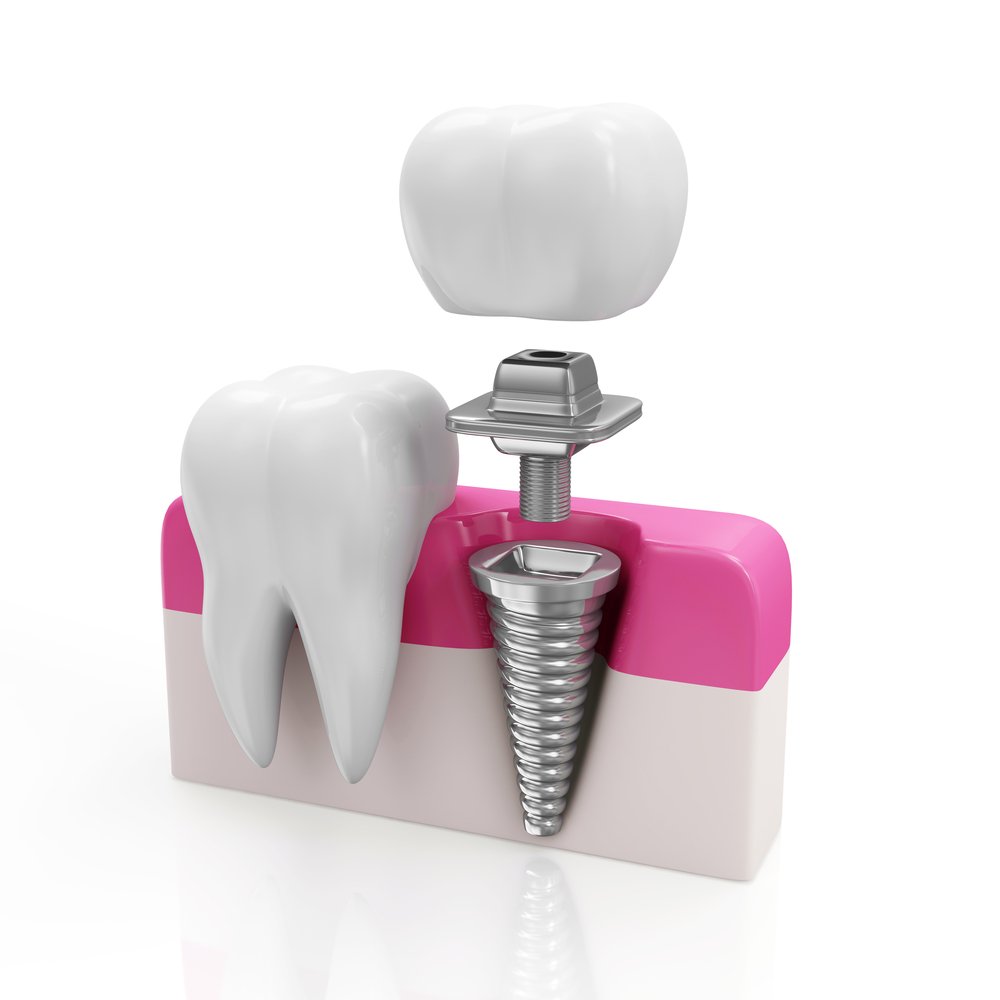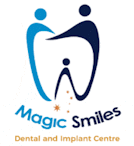
If you are missing a tooth, whether from trauma, extraction, or hypodontia (tooth did not form), it is essential to replace it to restore the function and beauty of your smile. While there are several restorative options, a dental implant is the closest you can get to a natural tooth. It replaces the missing tooth root and is the only permanent option.
Are you considering a dental implant? Your Coffs implant dentist, Dr. Arpit Pathak, explains the procedure for replacing a natural tooth with an implant. Dr. Pathak has extensive training and experience with dental implants.
First, you need a consultation with your implant dentist.
After completing diagnostic imaging and collecting your medical history, your implant dentist will perform a thorough oral exam. He will then determine if you are a candidate for a dental implant.
To be a candidate, you must have adequate jawbone to support the pressures chewing and biting place on the implant. If your jawbone has deteriorated or weakened, you may be able to get a bone graft to build up the jawbone. This, however, requires additional surgery. It also requires a healing period before implant surgery.
If you are a candidate, your dentist will go over your unique needs and goals to create a customized treatment plan. Then, we will discuss sedation options, answer all your questions, and schedule you for surgery.
Before Your Implant Surgery
If you have had a joint replacement or are on medications, discuss this with your implant dentist. You may need to take antibiotics or stop a medication before surgery.
The best way to prepare for implant surgery is to go shopping. Stock up on soft foods for the days following surgery. Cool options, such as ice cream, pudding, yogurt, and applesauce, are good options. Some patients find warm foods more comforting, such as broth, cream soup, oatmeal, or eggs. It’s also a good idea to pick up some small re-freezable ice packs.
If you want sedation for surgery, you may need to arrange for someone to bring you to your appointment.
Implant Surgery Process
Dental implant placement is a minor surgery that has few risks. The most significant risks include discomfort, infection, bleeding, and implant failure, but the success rate of implants is 95%. An implant is a titanium screw that your implant dentist will surgically place into your jawbone. Actual surgery time is about 20 minutes.
Most patients need only local anesthesia, but you may choose another option, such as laughing gas or oral sedation. Once you are comfortable and numb, your implant dentist will make a small incision in your gum line where the implant will go.
Next, he will screw the titanium implant into your jawbone. Titanium is compatible with human tissue and will not rust or corrode.
Once the implant is in place, your dentist will close the site with a few tiny, dissolvable stitches.
After Dental Implant Surgery
You may be asked to continue biting down on gauze to keep the bleeding at a minimum. Sometimes it is necessary to continue doing this for several hours after surgery, and you may need to change the gauze. Your dental team will go over this with you in more detail.
Avoid drinking and eating anything while your mouth is still numb to keep from injuring the surgical site. When the numbness wears off, it is best to stick with soft foods for a couple of days.
Ice packs and over-the-counter pain medications should keep your swelling and discomfort tolerable. If not, there may be something unexpected occurring, and you should call your implant dentist to let him know.
If needed, your dentist may prescribe a special mouth rinse or an antibiotic for you to take. If so, be sure to follow the directions and complete the antibiotics.
Good oral hygiene is essential for the healing process and to avoid infection. Use a soft-bristled toothbrush and brush and floss gently but effectively.
Dental Implant Healing Process
Titanium attracts bone cells and encourages new bone growth around the implant in a process called osseointegration. This process fuses the implant to your jawbone, holding it securely in place. However, it will take about three to six months for this to occur, so you will have to wait for complete restoration of the tooth.
Once the implant is a permanent part of your jawbone, your dentist can complete your new tooth.
Your implant dentist will top it off.
A dental implant replaces the tooth root, but not the visible part (crown). Therefore, completing your dental restoration may involve a crown, a bridge, or permanent dentures.
A connector, called an abutment, is placed on the implant. Depending on your treatment plan, we may get impressions at this time for fabrication of your restoration. You may also get a temporary to fill in the gap while waiting for your permanent device.
Once your crown, bridge, or denture is completed, your implant dentist will connect it to the abutment and cement it in place.
Looking for an implant dentist?
If you are in the Coffs Harbour area, the dentists at Magic Smiles Dental and Implant Center have the experience, skills, and technology you want. And we can take care of all the steps, including completing your restoration with a crown, bridge, or denture.
Call (02) 6652-3242 today to schedule your implant consultation and examination.


